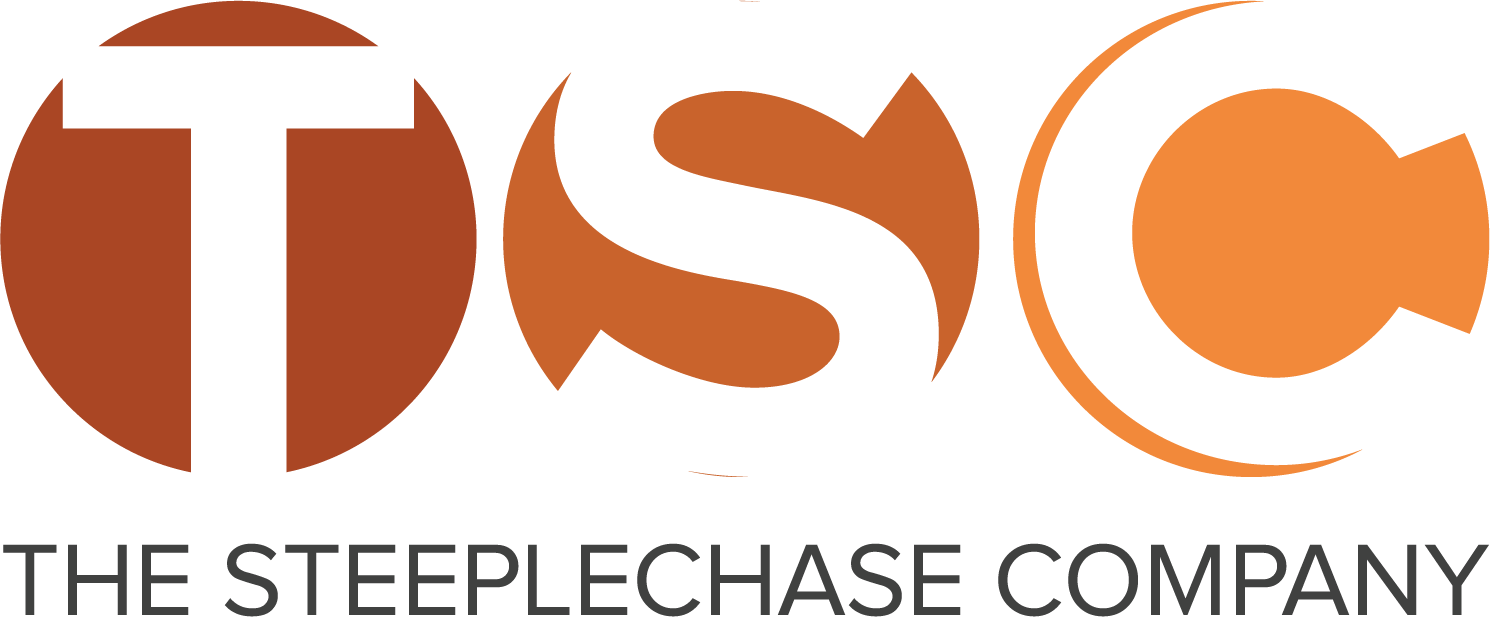Did you know that only 12% of adults have proficient health literacy?
This means about 9 out of 10 adults have a very limited ability to read, understand, or act on health information to promote their health and prevent disease.
Moreover, there is a mismatch between the readers’ health literacy and the health information given to them. No wonder most patients feel lost when it comes to managing their health.
As health care providers, you want to know if your patient understands you.
Here are tips to overcome the barriers to effective health communication.
10 Tips on Clear Communication to Your Patients
1. Use plain language
Whether in written or oral form, instruct your patients using simple words. Avoid too much medical jargon. You may know the word “hypertension” but someone else may not. They may think it has something to do with being “hyper” and “tensed.”
2. Use active voice
The brain processes active voice faster than passive voice.
Try reading the following and note the difference:
- Active voice: Hand this prescription to your pharmacist.
- Passive voice: This prescription needs to be handed to your pharmacist.
3. Break down long sentences to short ones
Additionally, use short words instead of long ones. People remember it better, especially when you’re talking to, say, a working mom who has tons of stuff to do and remember.
Note the following examples:
“This medication is temperature-sensitive, so you need to keep it in the refrigerator.”
Rather, “Put your drug in the fridge to keep it stable.”
4. When giving instructions, use the teach-back method
Tell the patient to repeat the instructions. Some feel this may offend the patient. Try different ways that sit well with you.
For instance, you can say, “I talk too fast and my husband often misses what I say. I wanted to make sure I didn’t do it to you. Can you please repeat the directions I gave on how to take your meds?”
If you don’t prefer for them to repeat it, you can always ask patients if they need for you to repeat instructions another time.
5. Use a medically-trained interpreter when talking to a non-native English speaker
Language and cultural barriers often prevent patients from understanding instructions. Some, because of their culture, shy away from asking too many questions. Others are embarrassed to admit their ignorance.
And there are others who just have trouble finding the right words that would translate their thoughts.
6. Limit the number of messages conveyed
Organize by degree of importance. Don’t say more than four instructions verbally. Use action words and focus on things that the person needs to do.
Beyond four, you need to write it down.
7. When writing instructions, use the same rules mentioned above
Add drawings to illustrate your point. The memory tends to retain oral and written instructions with visual aids better.
8. When handing out written materials, make sure the font is big enough to read
Use at least 12-point font.
As people age and hit their 40s, they find it harder to read at close range. Avoid fancy scripts, italics, or all caps. Use headings and bullets. Leave plenty of white space between sections and on the margins. Bold what information is the most important.
9. Ask open-ended questions
Minimize asking questions answerable by “yes” or “no.”
- Ask this: “What questions do you have about your condition?”
- Limit this: “Do you have any questions about your condition?”
10. Promote health literacy in your institution
Train your staff on how to communicate well with your patients. Effective communication results in more satisfied patients. Happy patients talk a lot. Their positive reviews go around fast. That’s free marketing for you.
We also have more blogs on how to keep patients happy and reach out to more by marketing your practice with conventional and unconventional – but more modern – ways! Click here to learn more marketing tips.
Don’t have time to come up with a solid digital marketing strategy for your medical practice? The Steeplechase Company can help!
Schedule a practice review here to see how we can help connect more patients to your practice.

